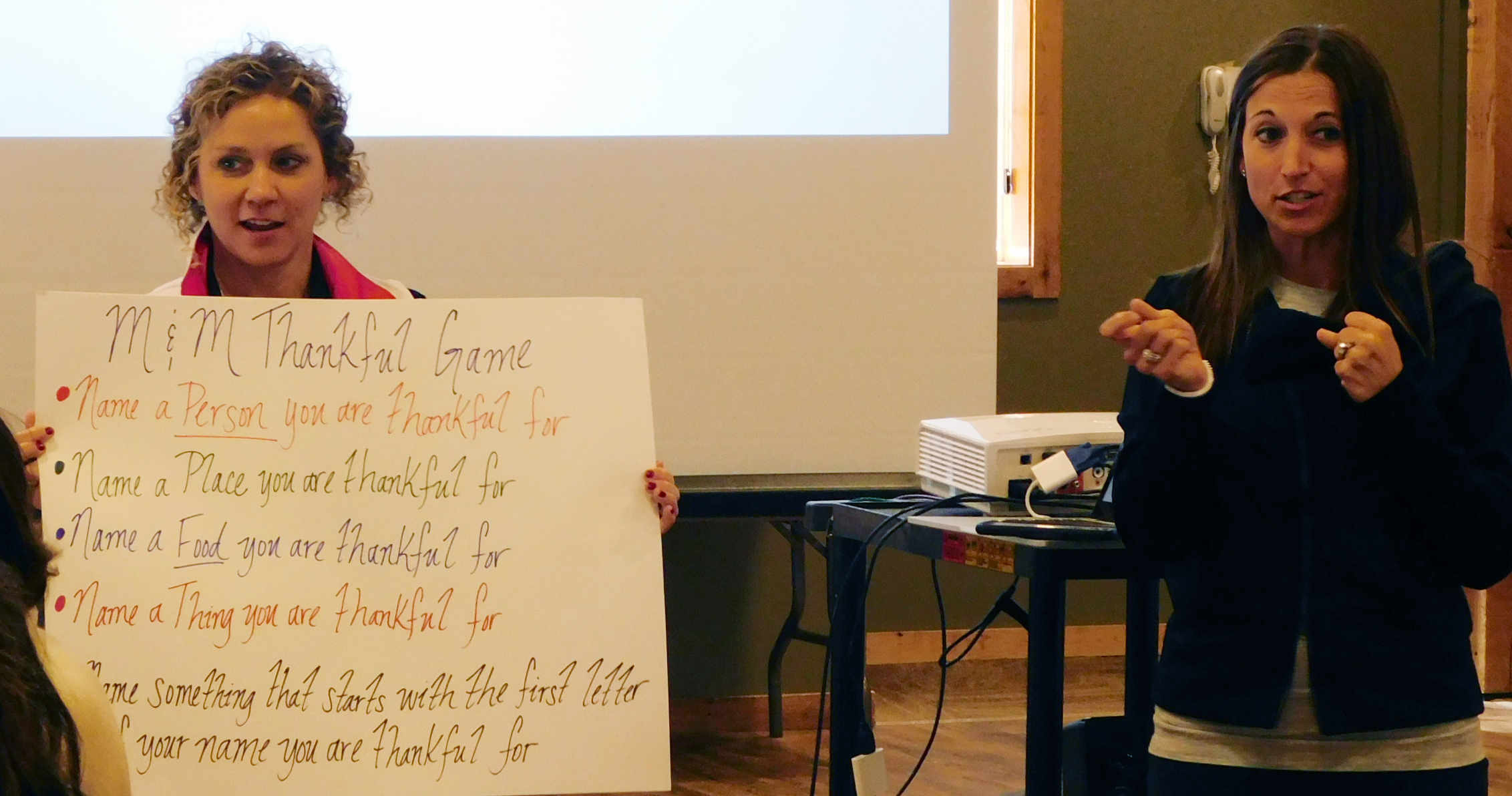Children, Families, and the Law, Center on

Center on Children, Families, and the Law: Faculty Publications
Document Type
Article
Date of this Version
2025
Citation
Children and Youth Services Review (2025) 171: 108172
doi: 10.1016/j.childyouth.2025.108172
Published by Elsevier
Abstract
Background: Engaging families effectively in child welfare services remains a persistent challenge, shaped by complex interactions between agency practices and family circumstances. While existing research has explored this issue, it has predominantly relied on data from agency and caseworker perspectives, often overlooking the crucial viewpoint of the families. Objectives: This study investigates families’ subjective experiences and perceptions within the child welfare system, focusing on their satisfaction with child welfare workers and overall engagement. Methods: The study draws on data collected through an evaluation of the implementation of Alternative Response in a Midwestern state. Agency administrative data is integrated with additional data obtained from family and worker surveys. The study examines the effects of perceived worker interaction style and the time spent in direct contact on family engagement, satisfaction, and re-referral rates through a Structural Equation Model (SEM). Results: The SEM analysis identified significant correlations between family engagement, satisfaction, worker interaction style, and time spent in direct contact with the family. The findings demonstrate that empathetic and communicative worker interactions (Coef. = 2.02, p < 0.001) and increased direct contact (Coef. = 0.60, p < 0.05) are linked to higher family engagement. Family engagement is also a robust predictor of family satisfaction (Coef. = 1.46, p < 0.001). However, family engagement level does not significantly predict the total number of re-referrals. Risk level is positively correlated with the total number of re-referrals, highlighting the importance of risk assessment in child welfare. Participation in the Alternative Response (AR) program is linked to a decrease in the total number of re-referrals. In contrast, the provision of concrete services is associated with an increase in re-referrals. Discussion: The study emphasizes the importance for child welfare agencies to enhance worker-family interactions and increase time spent in direct contact to improve family outcomes. While family engagement and satisfaction are essential, factors such as risk level and service provision directly impact re-referral rates. Future research can explore additional adjusted outcomes to better understand factors influencing child welfare engagement and interventions.
Included in
Administrative Law Commons, Courts Commons, Criminology and Criminal Justice Commons, Domestic and Intimate Partner Violence Commons, Family Law Commons, Family, Life Course, and Society Commons, Juvenile Law Commons, Law and Psychology Commons, Law Enforcement and Corrections Commons, Nonprofit Organizations Law Commons, Social Policy Commons, Social Welfare Commons, Social Welfare Law Commons


Comments
Copyright 2025, the authors. Open access
License: CC BY-NC-ND 4.0